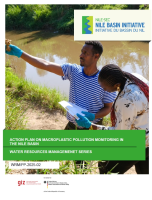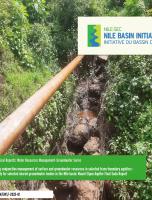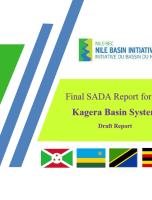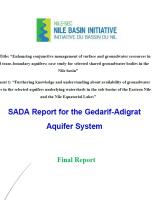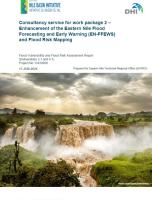Abstract
This study was commissioned by the Nile Basin Initiative with financial support from the German
Federal Ministry of the Environment, Nature Conservation and Nuclear Safety (BMU) under its
International Climate Initiative. The study is part of the global initiative on the Economics of
Ecosystems and Biodiversity (TEEB) whose principle objective is to mainstream the value of
biodiversity and ecosystem services into decision making by including nature’s values.
The purpose of the study was to identify, quantify and value the key ecosystem services generated by
the Semuliki Delta Trans-boundary wetland with a view to stimulating management and funding
interventions necessary for the maintenance, restoration or even enhancement of the integrity and
productivity of the wetland. The target audience and key stakeholders to the study therefore related
to this broad purpose of the study and included local community representatives, local and central
government authorities in Uganda and the Democratic Republic of Congo, development partners and
the international community.
The study area measured about 500 square kilometres and was located on the border between Uganda
and the Democratic Republic of Congo (DRC). The area comprised of the Semuliki flats in
Rwebisengo, Bweramule and Kanara sub-counties on the Ugandan side and parts of Nyacucu,
Kalyabugongo, Buguma, Rubungura, Kikoga and Nyanzige Groupings in Ituri Province on the DRC
side.
The study area has unique physic-geographical characteristics and supports a variety of species of
mammals, birds, reptiles, amphibians and fish populations. It also has a variety of wetland plants
including sedges, phragmites and palms of considerable socio-economic significance. Wetlands in the
delta were particularly important because of very hot and dry weather conditions in the area during
the dry season months of December to March
